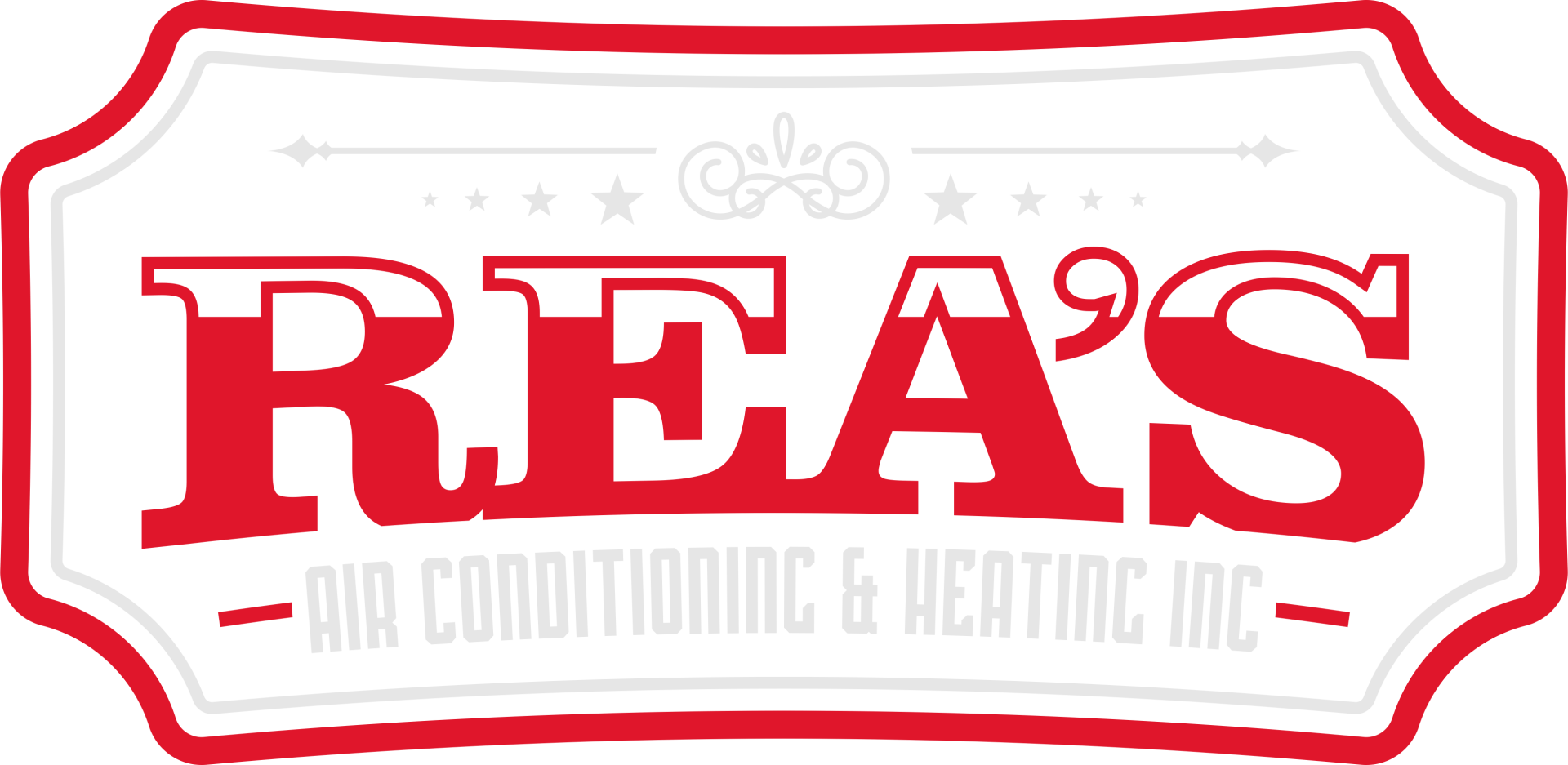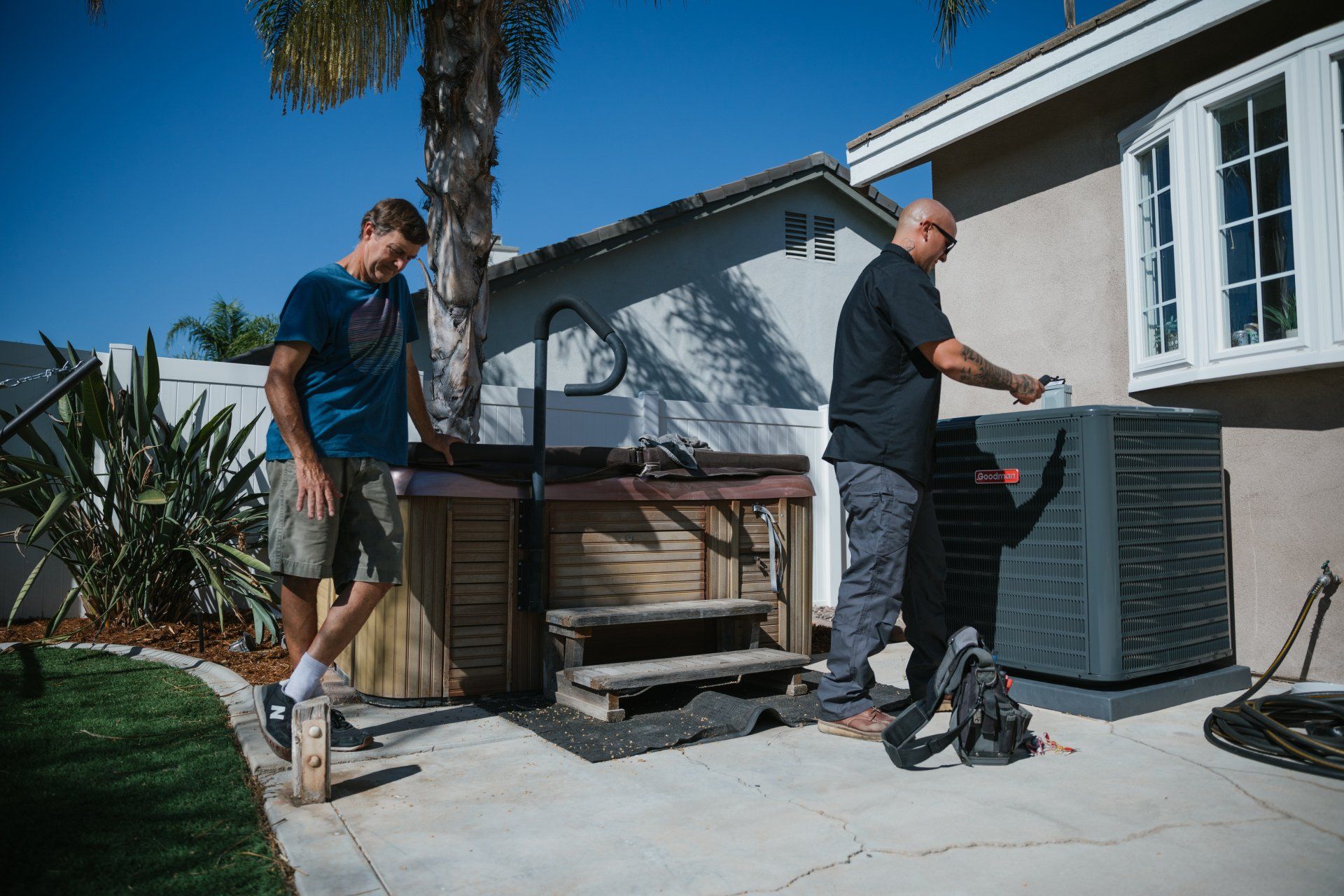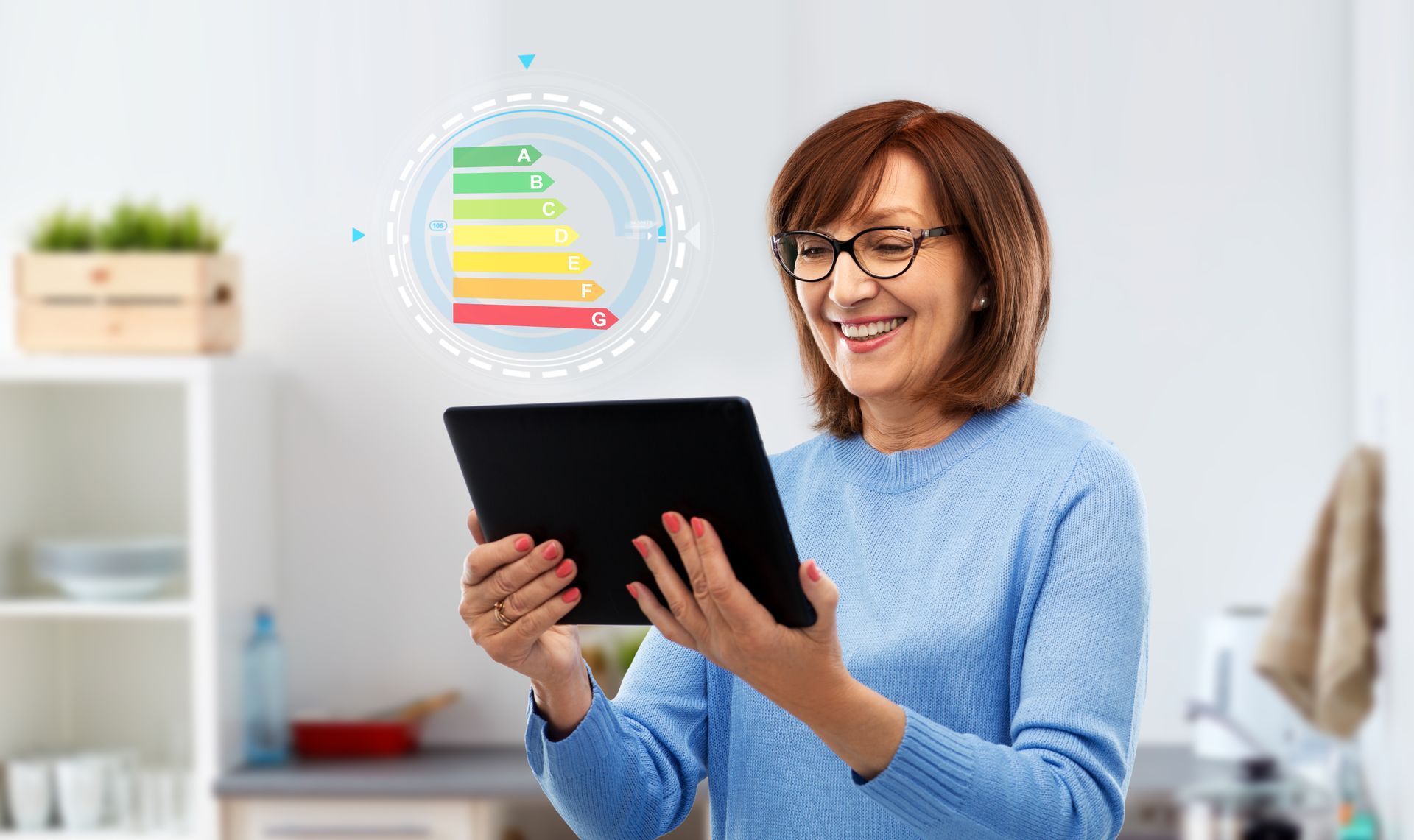The Role of HVAC in Home Allergy Prevention
Allergies can turn what should be the haven of your home into a constant source of discomfort. Pollen, dust mites, pet dander, and mold are common allergens that can trigger symptoms ranging from sneezing and watery eyes to more severe respiratory problems. Fortunately, a well-maintained Heating, Ventilation, and Air Conditioning (HVAC) system can play a pivotal role in reducing these allergens and maintaining indoor air quality. We’ll explore how an effectively managed HVAC system can help keep your home allergen-free and comfortable for everyone.
Importance of HVAC Maintenance for Allergy Prevention
1. Filter Replacement
One of the simplest yet most effective ways to combat indoor allergens is by regularly replacing the air filters in your HVAC system. Filters trap various allergens and pollutants, preventing them from circulating through your home. For households with allergy sufferers, it’s recommended to use HEPA filters or those with a Minimum Efficiency Reporting Value (MERV) rating of 11 or higher. These filters are more efficient at capturing smaller particles, including common allergens.
2. Regular Cleaning and Inspections
Over time, HVAC systems can accumulate dust and mold, especially within the ductwork. Regular professional cleanings can prevent the build-up of these allergens. Additionally, annual inspections can catch any issues that might lead to moisture problems, such as leaks, which are conducive to mold growth.
3. Humidity Control
Maintaining the right humidity level in your home is crucial for allergy prevention. High humidity can encourage the growth of mold and dust mites, while air that’s too dry can aggravate respiratory conditions. Ideally, your home’s humidity should be between 30% and 50%. Using a dehumidifier with your HVAC system can help maintain these levels, controlling allergens.
4. UV Lights
Integrating UV lights into the HVAC system can offer additional relief for homes with severe allergy concerns. UV lights effectively kill mold and bacteria that can pass through filters. Positioned near the coils or in the ductwork, these lights help purify the air before it circulates through your home.
5. Proper Ventilation
Good ventilation is key to preventing the accumulation of indoor air pollutants, including allergens. Ensure your HVAC system includes adequate ventilation to exchange indoor and outdoor air. This not only helps reduce allergen levels but also brings in fresh air, diluting indoor air pollutants.
Lifestyle Tips for Reducing Allergens
In addition to maintaining your HVAC system, consider the following tips to reduce allergens in your home further:
- Keep Windows Closed: During high pollen seasons, keep windows closed to prevent allergens from entering.
- Regular Cleaning: Vacuum carpets and upholstery regularly use a vacuum equipped with a HEPA filter and dust surfaces with a damp cloth.
- Pet Management: If you have pets, keep them groomed and bathed to reduce the spread of pet dander.
- Avoid Indoor Line Drying: Line drying clothes indoors can allow them to collect allergens. Use a dryer or line dry outside on low pollen days.
Conclusion
Your home should be a refuge from the challenges of everyday life, not a source of discomfort. You can significantly reduce allergens and create a healthier living environment by ensuring that your HVAC system is properly maintained and incorporating a few additional practices into your routine. Whether changing filters regularly, controlling humidity, or ensuring adequate ventilation, each step you take makes your home more comfortable and supportive for allergy sufferers. While DIY steps are beneficial, professional servicing is essential for optimal performance and allergen reduction.






